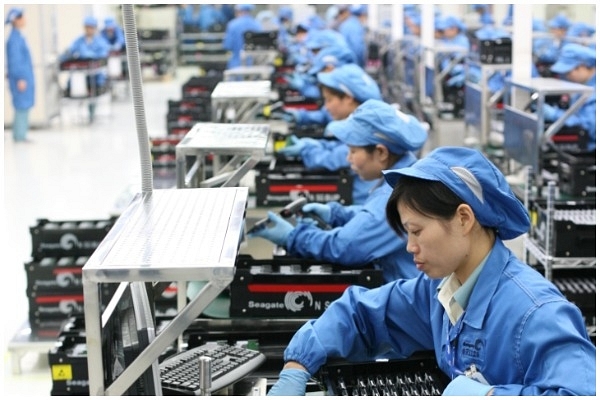
What Global Supply Chains Should Look Like Post The Coronavirus
Once the coronavirus is behind us, one anticipates we would have more distributed value-networks that will be able to absorb both domestic and international risks.
The spread of coronavirus has spooked global markets over the last couple of days.
There are concerns over the loss of lives along with worry over the prolonged disruption of global economic activity.
This is indeed a black-swan event that will shape up the future in many ways.
A similar such event was the Black Death (plague) which resulted in an improvement in agricultural technology.
Subsequent increase in wages and greater participation of women led to the Industrial Revolution in countries such as the United Kingdom.
There are reasons to believe that the outcome of coronavirus will be significant in shaping up the future economic discourse over the coming decade.
However, what is of concern is the impact of the outbreak in the short run as several countries struggle to manage the situation. Even as the spread of the virus has slowed in China, it is increasing at an exponential pace in rest of the world making it an unprecedented situation.
Medical experts would be better at prescribing public policies on managing the crisis but what is also needed is to contain its impact on economic activity.
An immediate contraction in the supply of labour should have an impact on wages and subsequently on inflation.
The shortage of goods is also likely to result in an increase in prices of certain goods while commodities may find their prices to be lower due to subdued demand.
The selloff across the world is a direct outcome of the uncertainty caused by the outbreak as Wall Street experienced its worst week ever since the North Atlantic Financial Crisis.
Fed’s Chair Powell has already indicated the possibility of rate cuts to cushion the US economy and other central bankers are likely to follow. It is, however, worth asking that just how much space does the Fed or some other central banks have to cut interest rates.
Besides, the problem is of a supply disruption and therefore, a monetary response would able to at best prevent a global recession with the hope of things improving over subsequent months.
As all historic events, coronavirus will at its core change the way we imagine production as the world finds the risks associated with keeping all their eggs in one basket. The experience also shows a problem in taking a purist view of competitive advantage where countries specialise in production of one good and rely on other countries for the rest.
Too much dependence on China has amplified the risks associated with a supply disruption and this, unfortunately, wasn’t factored in as the world finds just how vulnerable it is.
Even though Coronavirus is a black swan event, but at a fundamental level it calls for a serious rethink on the present model of manufacturing through globalised value-chains.
One anticipates that post the event, we would have more distributed value-networks that will be able to absorb any risks, either domestic or international.
This could act as a catalyst for industrialisation of several developing countries and could result in further reduction in global inequality. The question is, whether they’d be able to seize this opportunity or not?